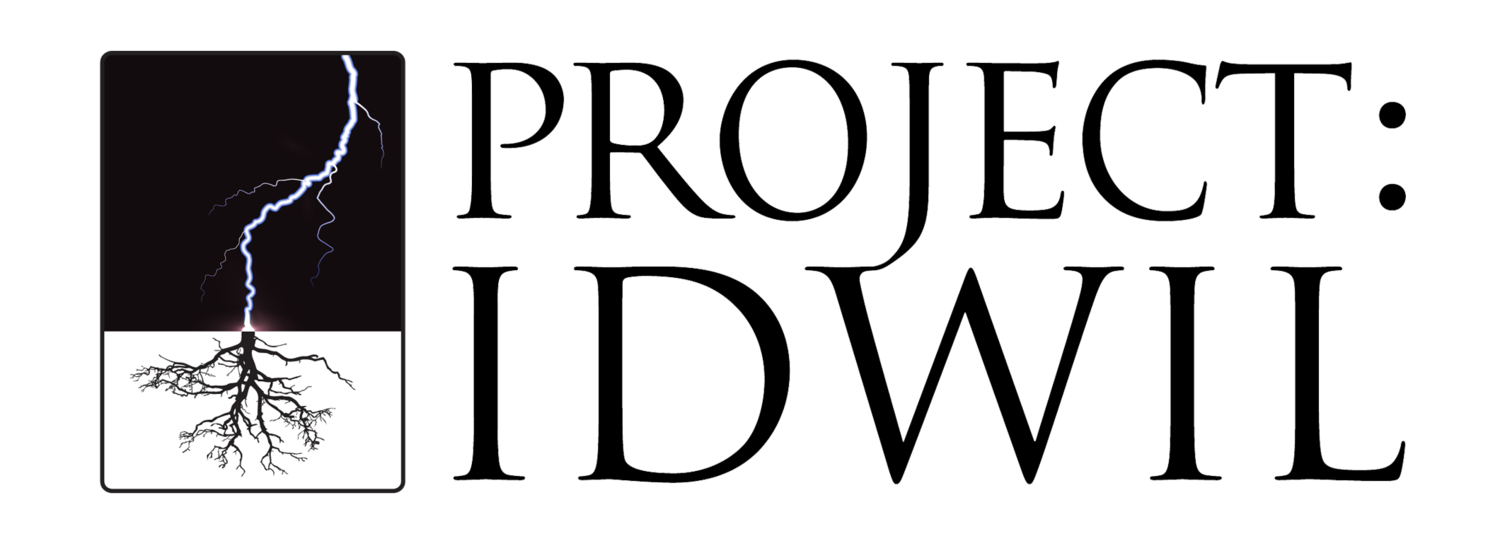This article was written by EMMA REYNOLDS, and originally posted on news.com.au and contains a video story. To view the original article click here.
STUDENTS, rejoice! Finland is radically overhauling its schools, eliminating maths and science lessons.
Nor will there be separate classes for literature, history, geography or any of the traditional core subjects.
The new method of “phenomenon teaching” involves teaching of broad topics, combining different skills. For example, you might learn geography, geology and languages through a lesson in which students identify different countries on a map and discuss their climates, all in French.
Lessons will combine different subjects, skills and activities.
Vocational courses might include “cafeteria services”, combining maths, writing and communication skills. Others might study a real-life topic such as the European Union, merging economics, history, languages, geography and politics.
Abandoning the old methods sounds almost antithetical to achieving academic success, but progressive Finland consistently tops international league tables for literacy and numeracy.
It is outshone in the Programme for International Student Assessment (PISA) only by countries like China and Singapore, where students are held to punishing study regimes.
In contrast, the Nordic country encourages relaxed learning strategies.
Children don’t even start proper schooling until the age of seven, by which time educators say they usually have basic oral and literacy skills and are excited to enter the world of education. When they do, they have the lowest classroom hours in the developed world. Every 45-minute class is followed by a 15-minute break, and they take off their shoes indoors. There is an emphasis on free play and independence.
Finland is famous for its progressive and successful education system.
Students are on first-name terms with their teachers, who usually work with a class for years, getting to know each individual’s needs. Most classes have three teachers — two in charge and a third providing one-to-one assistance.
Educators from countries around the world visit Finland to learn its secrets. On his blog, Taught by Finland, American teacher Tim Walker documents the lessons the country has to offer.
Students are only tested so teachers can see what they know. There is no stress around the papers, which are taken home and read over by parents.
Curricular programs are designed to assist with learning, and used flexibly by teachers as an aid, rather than focusing on helping students pass standardised tests.
Classes are not streamed by ability. The best and worst students are taught together, so talented children learn to teach, work in groups and accept diversity.
There is no such thing as a failing school in Finland, the BBC reported five years ago. Schools are not competitive, commercial or controlled by politicians. Teachers are highly valued and have Masters degrees.
Some of them have raised objections to the new style of teaching by topic, having forged prestigious careers dedicated to one subject.
The country emphasises independence and free play.Source:Supplied
Marjo Kyllonen, Helsinki’s education manager, advocates a “co-teaching” approach to resolve this, according to The Independent, with lessons planned jointly by more than one subject specialist. Teachers who embrace the new system receive a small salary top-up.
“We really need a rethinking of education and a redesigning of our system, so it prepares our children for the future with the skills that are needed for today and tomorrow,” she said.
“There are schools that are teaching in the old fashioned way which was of benefit in the beginnings of the 1900s — but the needs are not the same and we need something fit for the 21st century.”
It’s not just the shift to broad subjects that we can learn from. Finland has had exemplary schooling techniques since the 1970s, and that’s on show everywhere. Mr Walker’s blog discusses active methods of teaching, like having students move around the room to look at classmates’ work and give feedback, rather than sit through 20 presentations, bored and tuned out.
The country leads the world in terms of happiness, success and equality. It certainly has some advantages when it comes to teaching — fewer immigrants who need to learn a new language, less socio-economic division than other countries and parents who will help children at home.
However, its schooling methods are part of the reason for its success.
Pass Silander, Helsinki’s development manager, says the new teaching style is crucial for the modern world, where advanced computers have altered our educational needs.
“We have really changed the mindset,” he said. “Teachers who have taken to the new approach say they can’t go back.”


